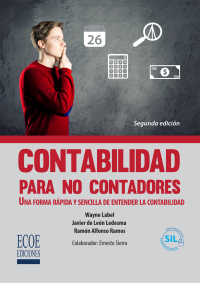Question
Assume that the supply of a luxury product is captured by the following supply curve: P=4Q which is equivalent to Q = 0.25P. Analyze the
Assume that the supply of a luxury product is captured by the following supply curve: P=4Q which is equivalent to Q = 0.25P. Analyze the effect of a 20% Luxury Tax (20% of the Price). Assume the tax shifts the demand curve and does not affect the supply curve.
a. Calculate the equilibrium P*, Q*, Consumer Surplus, Producer Surplus, Tax Collected and Value Created under four different scenarios for demand
- relatively inelastic demand: P=60-4Q which is equivalent to Q = 15 P calculate without tax and with tax (hint: demand shifts to Q=b-m(P+tax)
- relatively elastic demand: P=40 - [(1+1/3)Q] which is equivalent to Q = (40-P)/(1+1/3) calculate without tax and with tax
b. Consider the tax problem above-- explain how the relative elasticity of demand affects the incentives for a luxury goods producer to act to eliminate the tax. Also discuss how the producers incentive to act would change if they had relatively high fixed costs.
c. Politicians consider implementing luxury taxes from time to time to generate more revenue from the wealthiest members of society. The United States federal government passed a luxury tax in 1990. Part of that law imposed a tax equal to 10% of the price of luxury cars that cost over $30,000. The government revoked the luxury tax a couple years later. If the federal government imposed the luxury tax today, and adjusted the car price for inflation, then the tax would apply to cars with a price above $58,000.
i. Find data on the vehicles sold by Ford Motor Company. Ignore vehicles sold for commercial purposes since the luxury tax does not apply. Focus only on vehicle sales in the USA. Do you think Ford Motor Company would oppose or support a luxury tax and why? (explain with the data you find and with what you learned from the quantitative tax problem) ii. Consider both the benefits of action and the costs of action. Do you think Ford would act in the political market and why? (Note: you dont need to quantify the benefits and costs, but should think about them qualitatively to come to a conclusion).
Step by Step Solution
There are 3 Steps involved in it
Step: 1

Get Instant Access to Expert-Tailored Solutions
See step-by-step solutions with expert insights and AI powered tools for academic success
Step: 2

Step: 3

Ace Your Homework with AI
Get the answers you need in no time with our AI-driven, step-by-step assistance
Get Started


